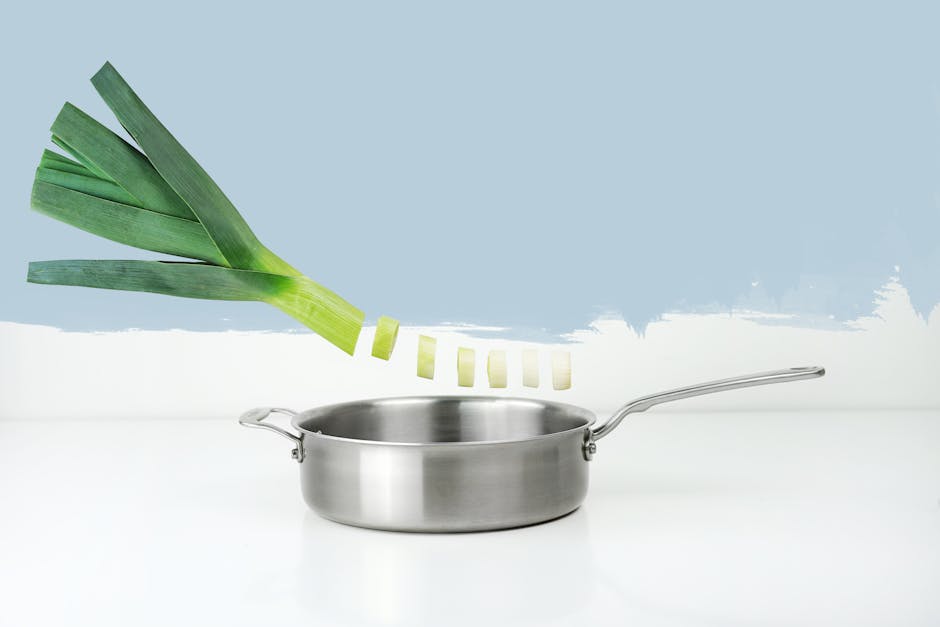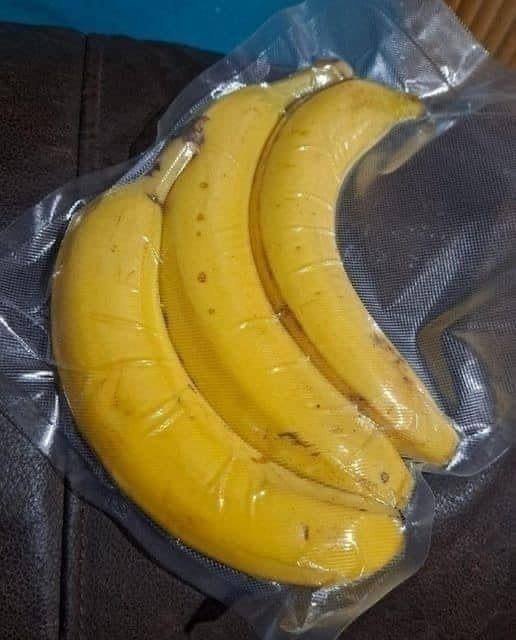A Curious Kitchen Experiment: What Happens When You Vacuum Seal Bananas?
Ever wondered what happens when you vacuum seal a banana? It’s a question that pops into many minds as we look for ways to keep our produce fresher for longer. Vacuum sealing is great for a lot of foods, but bananas? Let’s dive into this fascinating (and potentially mushy) experiment.

The Vacuum Sealing Process and Its Effect
So, what exactly *is* vacuum sealing, and why do people do it? The basic idea is to remove air from around the food, which slows down oxidation and the growth of microorganisms that cause spoilage. Makes sense, right? But how does this apply to our yellow friends, the bananas?

Slowing Down Ripening… Or Not?
One of the main reasons people consider vacuum sealing fruits is to extend their shelf life by slowing down the ripening process. With bananas, the ripening process involves the production of ethylene gas. Vacuum sealing *could* theoretically slow this down by limiting the amount of oxygen available for the reaction. However, it’s not quite that simple.

The Mush Factor: Pressure and Texture
Bananas are delicate fruits. Vacuum sealing creates a significant amount of pressure that can, unfortunately, turn your perfectly good banana into a mushy mess. Think about it – all that pressure concentrated on a relatively soft piece of fruit? Not ideal.

Color Changes: Oxidation Still Occurs
Even though you’re removing air, some oxidation can still occur, especially around any pre-existing bruises or breaks in the banana’s peel. This can lead to browning and further softening of the fruit, even inside the vacuum-sealed bag.

Smell and Ethylene Buildup
Since the ethylene gas produced by the banana can’t escape, it might actually accelerate ripening within the sealed environment. You might notice a stronger banana smell than usual when you open the bag. This indicates that the banana is ripening faster than it would in open air.

The Experiment: What Actually Happens
Okay, let’s break down a potential experiment:
- Choose your bananas: Select a few bananas at the same stage of ripeness.
- Vacuum Seal One: Place one banana in a vacuum seal bag and seal it.
- Control Group: Leave another banana out in the open as a control.
- Observe: Watch them both over the next few days, noting any changes in color, texture, and smell.
The likely outcome? The vacuum-sealed banana will probably ripen faster and become mushier compared to the control banana.

Better Ways to Preserve Bananas
So, vacuum sealing might not be the best method. What are some better alternatives for preserving bananas?
- Freezing: Peel and slice the bananas, then freeze them on a tray before transferring them to a freezer bag. This is great for smoothies!
- Banana Bread: The ultimate way to use up ripe bananas!
- Banana Puree: Mash the bananas and store the puree in the refrigerator for a few days.

Conclusion
While vacuum sealing might be a great way to preserve certain foods, it’s generally not recommended for bananas. The pressure and inability for ethylene gas to escape can lead to a mushy, overripe mess. Stick to freezing, baking, or simply enjoying them fresh! The next time you think about vacuum sealing a banana, remember this curious kitchen experiment and opt for a better preservation method.
